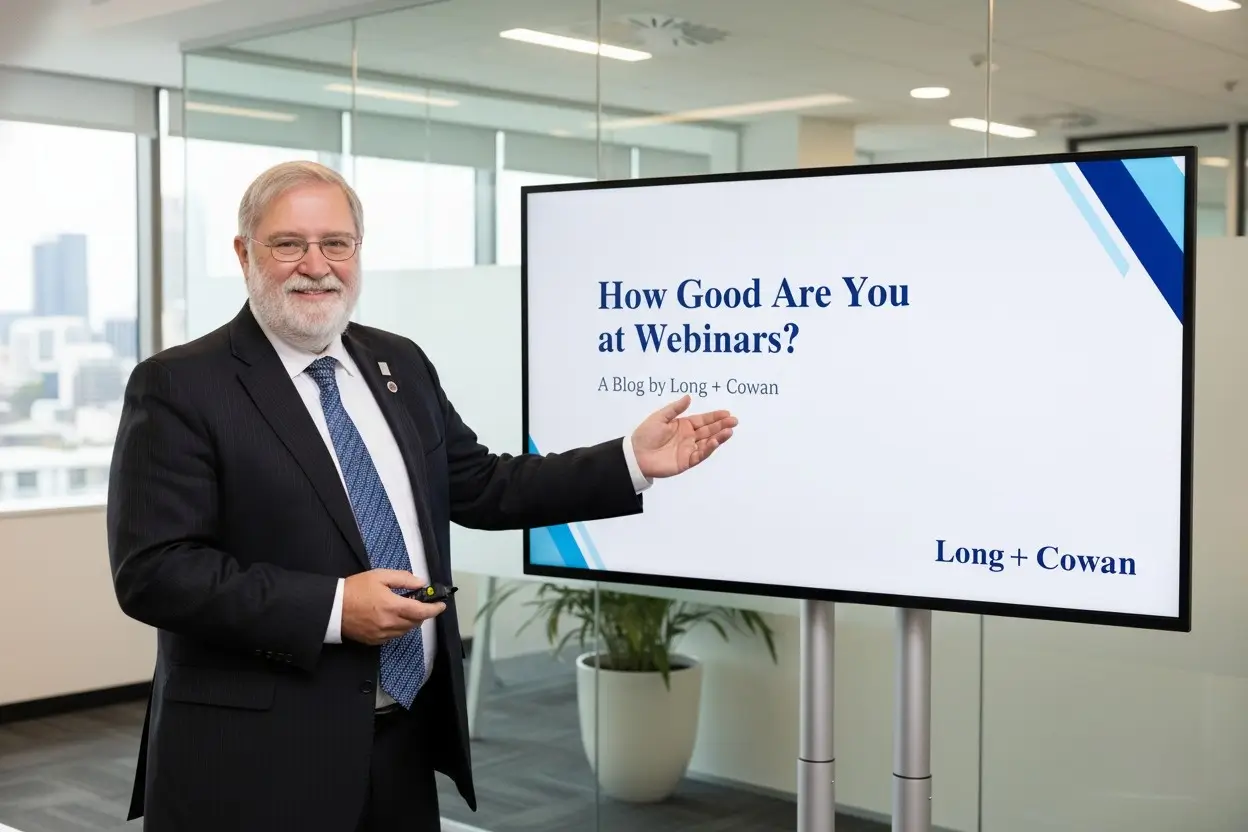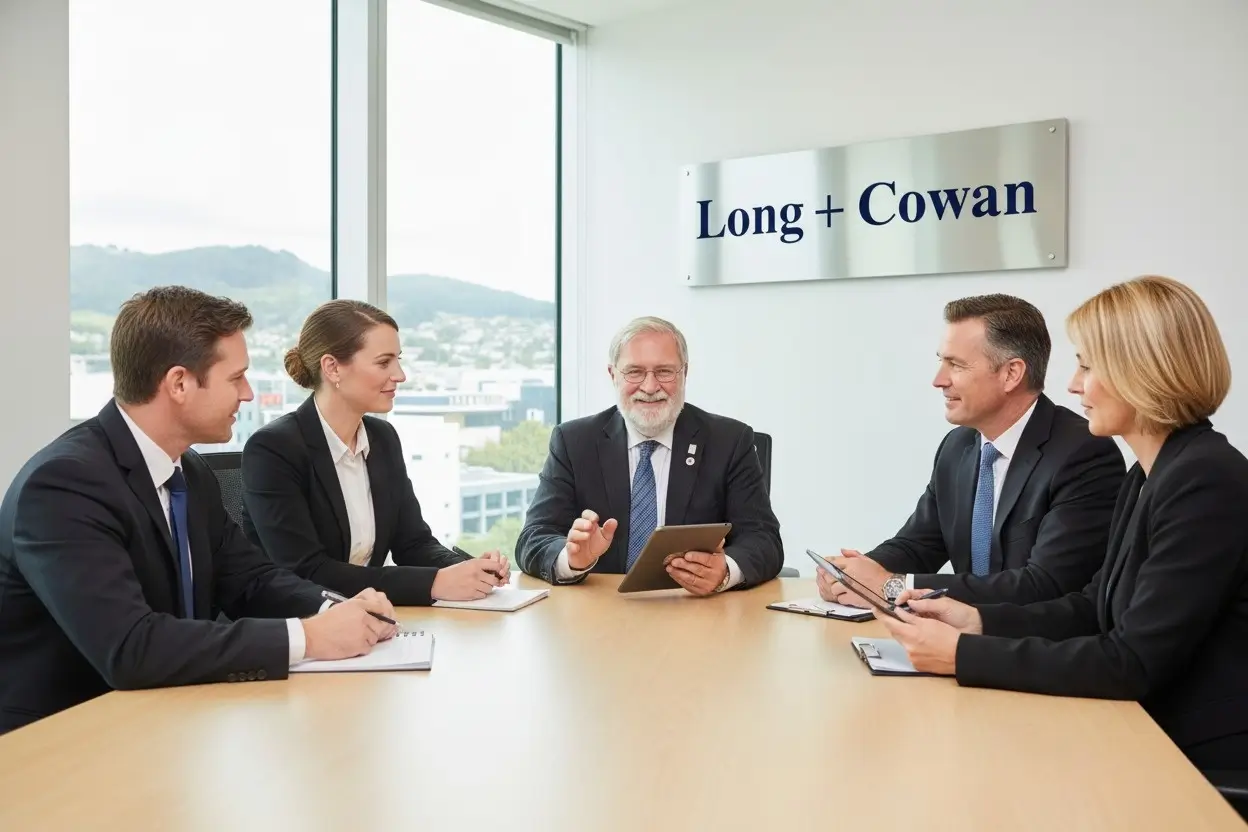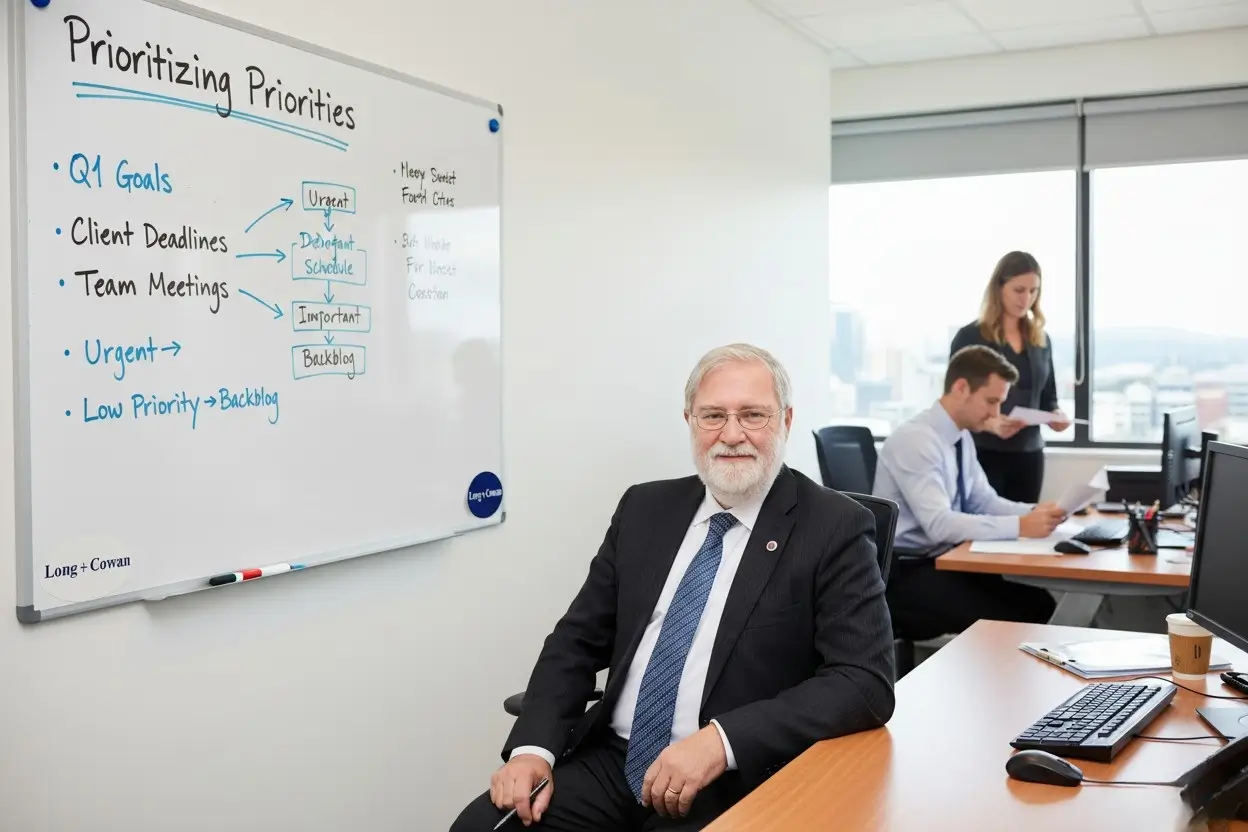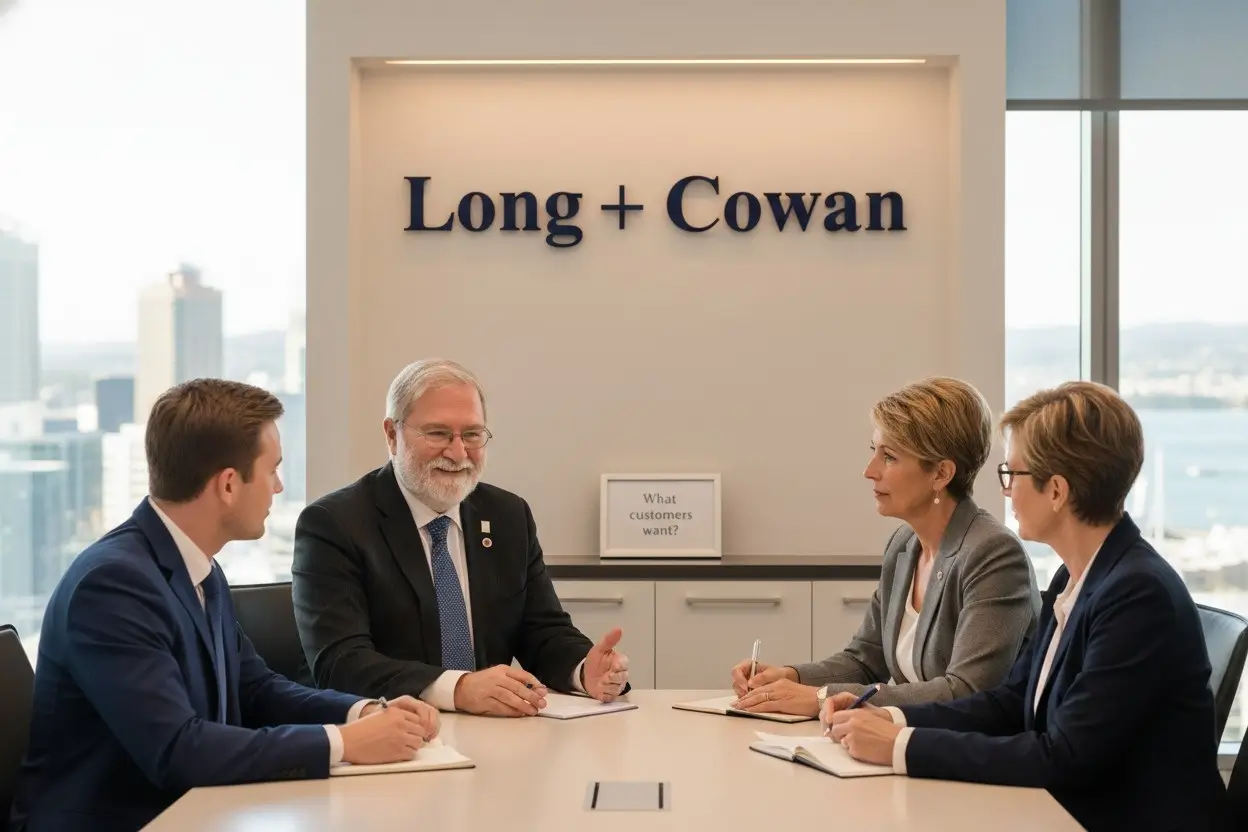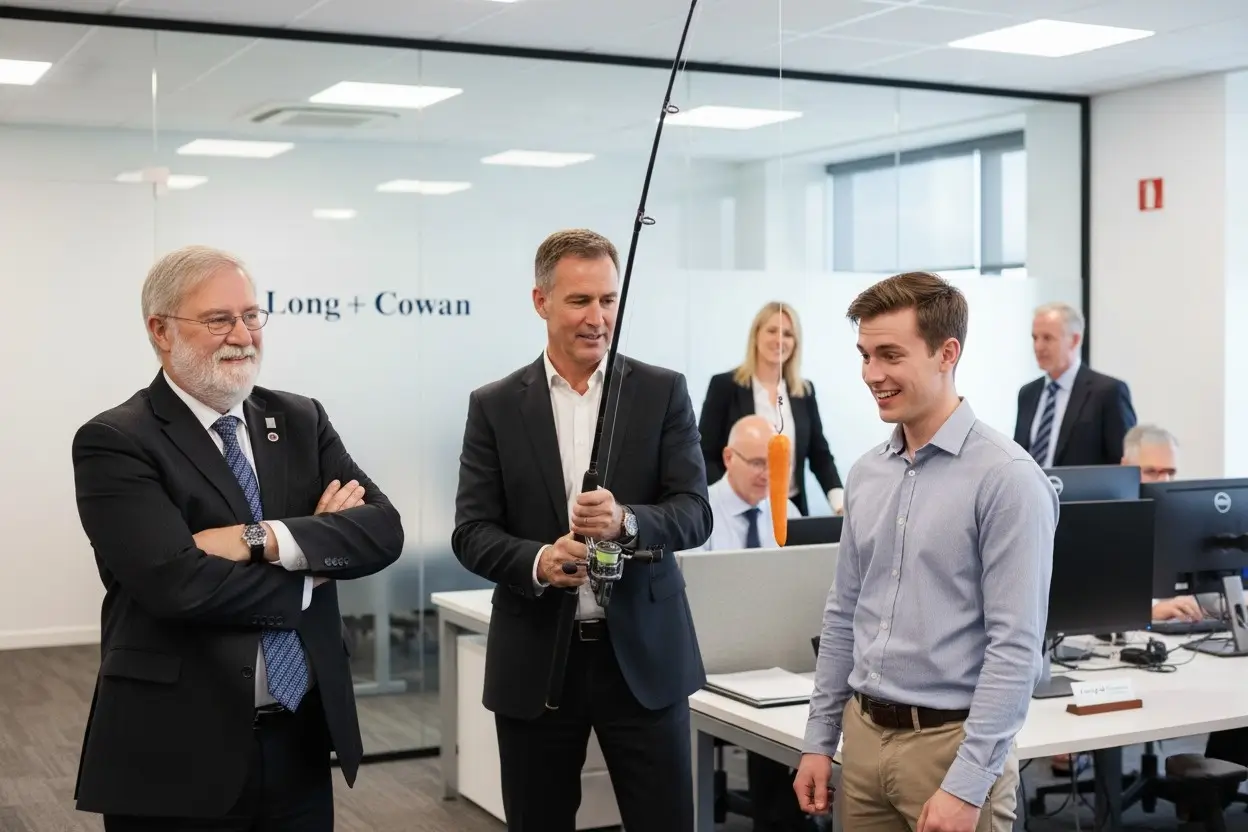Every successful marketing strategy begins with clarity. Too often, businesses focus on what they do instead of why it matters to customers. At Long + Cowan, we help Wellington companies identify the difference between product or service features and the tangible benefits those features provide.
A feature describes what something is — such as “24-hour turnaround” or “cloud-based accounting.” A benefit explains why it matters — saving time, improving accuracy, or giving peace of mind. Clients make buying decisions based on perceived benefits, not on technical specifications.
Defining the Core Difference
Understanding the contrast between features and benefits transforms how you communicate with clients. Features are factual; benefits are emotional. A feature might be “real-time financial reporting.” The benefit is “knowing exactly where your business stands before making a major decision.”
When you communicate only features, clients must connect the dots themselves. When you focus on benefits, you do the thinking for them — and that’s what persuades people to act.
Translating Services into Benefits
Accountants, consultants, and business advisors often assume that clients understand technical value automatically. They rarely do. For instance, “tax planning” is a feature; “keeping more of your earnings through proactive strategy” is a benefit. Framing your message this way changes how customers respond.
Our Wellington clients who make this shift see stronger engagement, higher referral rates, and improved client retention. The reason is simple: people buy outcomes, not explanations.
How to Identify the Benefits Behind Features
Finding your strongest selling points requires asking three questions:
- What does this feature do?
- Why is that important to the client?
- How does it improve their situation?
For example, if your service includes “monthly management reports,” the benefit is “better decision-making with up-to-date financial insight.” Each feature should tie directly to a practical or emotional advantage. This approach makes communication more persuasive and easier to remember.
Communicating Benefits with Clarity
Clear, concise language turns complex information into value. Avoid industry jargon and focus on plain English. Your message should answer one question: What’s in it for the client? Every communication — website copy, proposal, or presentation — should lead with benefits before expanding on features.
For instance, instead of saying “We offer Xero setup and training,” say “We help you take control of your finances through real-time visibility and streamlined cloud accounting.” The change is subtle but powerful.
Aligning Benefits with Customer Needs
Effective marketing connects benefits directly to client priorities. Different audiences value different outcomes. A small business owner might prioritise cash flow control, while a property investor might focus on tax efficiency. Tailoring your message to the audience demonstrates understanding and relevance.
At Long + Cowan, we advise Wellington clients to review their target markets and map features to what each group values most. This approach increases conversion rates and creates stronger customer loyalty.
Using Emotion to Strengthen Connection
While logic informs purchasing, emotion drives it. Benefits that speak to comfort, confidence, or security resonate more deeply than technical accuracy. When clients feel understood, they trust you more readily.
Phrases like “reduce stress,” “save time,” or “gain confidence in your decisions” trigger emotional responses. They’re simple, relatable, and persuasive. Combining emotional appeal with factual proof creates balanced and credible communication.
Turning Accounting Features into Client Benefits
In professional services, technical excellence is expected — it’s not the differentiator. What sets one firm apart is the ability to explain how that expertise makes life easier for the client.
Instead of focusing solely on compliance or calculations, explain the impact: “We ensure your accounts are accurate so you can focus on running your business without financial distractions.” The benefit becomes the freedom and peace of mind the service provides.
Building Compelling Marketing Statements
A strong features-and-benefits statement follows a simple pattern:
Feature → Advantage → Benefit
For example:
- Feature: Automated expense tracking.
- Advantage: Reduces manual data entry.
- Benefit: Saves hours each week and ensures accurate records for tax time.
This three-step method structures messaging logically, ensuring your value is obvious to anyone reading or listening.
Applying the Concept to Sales Conversations
When discussing services with potential clients, focus first on outcomes, not processes. Clients care about results: fewer errors, lower costs, or improved efficiency. Once they understand the benefit, then describe how the feature delivers it.
This order mirrors how people think — emotion first, logic second. For example, “We’ll help you avoid late tax penalties” creates interest; explaining “through proactive tax calendar monitoring and reminders” provides proof.
Avoiding Common Communication Mistakes
Many Wellington businesses unintentionally dilute their marketing by overloading messages with features or technical detail. Lengthy descriptions make readers tune out. Simplify your pitch by selecting the three most important benefits your client will experience and emphasise those.
Also, avoid generic claims such as “excellent service” or “experienced team.” Instead, illustrate specific advantages like “fast turnaround,” “transparent reporting,” or “personalised support from a dedicated accountant.”
Integrating Features and Benefits into Strategy
Consistency is key. Your website, proposals, social media, and client communications should all reflect the same benefits-driven language. When clients read your material, they should immediately recognise how your work makes their life or business easier.
We encourage businesses to audit their existing content, replacing feature-heavy language with client-focused statements. This exercise often reveals unused selling points that can immediately enhance brand perception.
Reinforcing Credibility with Evidence
Every benefit should be supported by proof. Use facts, results, or examples to show you deliver what you promise. For instance, “Our clients save an average of four hours a week on bookkeeping after system automation” adds credibility and measurable value.
Evidence transforms claims into commitments. For Wellington businesses competing in service industries, demonstrating tangible results builds trust faster than abstract promises.
Keeping Messages Simple and Repetitive
Clarity beats cleverness. Repetition of key benefits across materials reinforces memory. Prospective clients should be able to summarise what you do and why it matters after a single visit to your website.
When your value proposition is clear, sales follow naturally. Simplifying doesn’t mean dumbing down; it means focusing attention on what matters most to the client.
Linking Benefits to Long-Term Relationships
Every successful customer relationship begins with perceived value and continues through consistent delivery. Reinforcing benefits in ongoing communication reminds clients why they chose your service. Periodic updates that highlight results achieved, such as “saving time” or “reducing tax exposure,” strengthen loyalty.
At Long + Cowan, we practice what we advise. By consistently framing our accounting services around the benefits to our Wellington clients — clarity, compliance, and confidence — we maintain long-term relationships built on measurable results.
Refining Your Message for Future Growth
A benefit-driven message evolves with your business. As new services emerge or markets shift, review and update your communication. Aligning new features with fresh client priorities keeps your brand relevant and competitive.
For personalised help refining your marketing or business communication strategy, contact us for more info by filling in an enquiry form or e-mailing or calling us during office hours. We’ll help you articulate value that resonates and converts.















